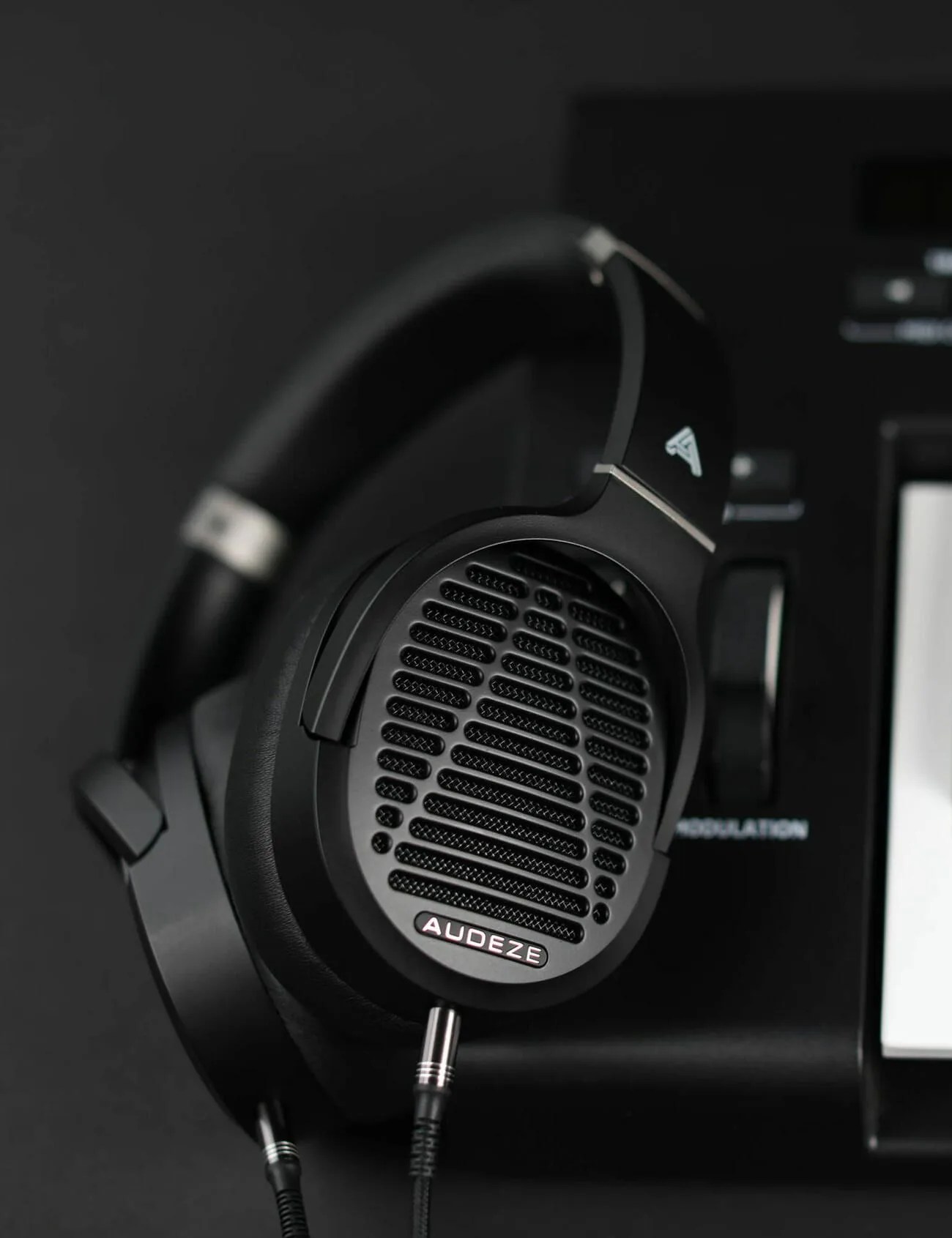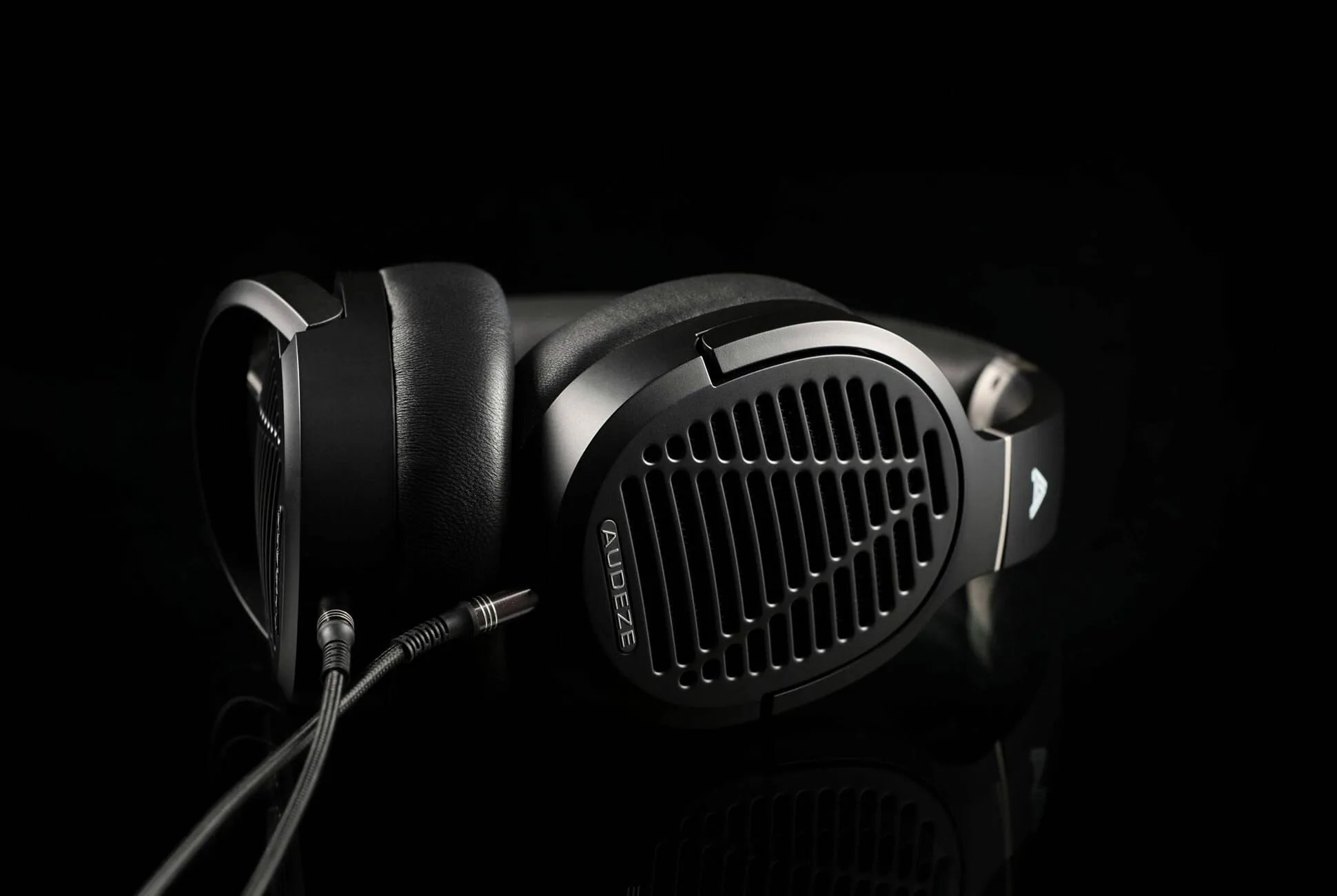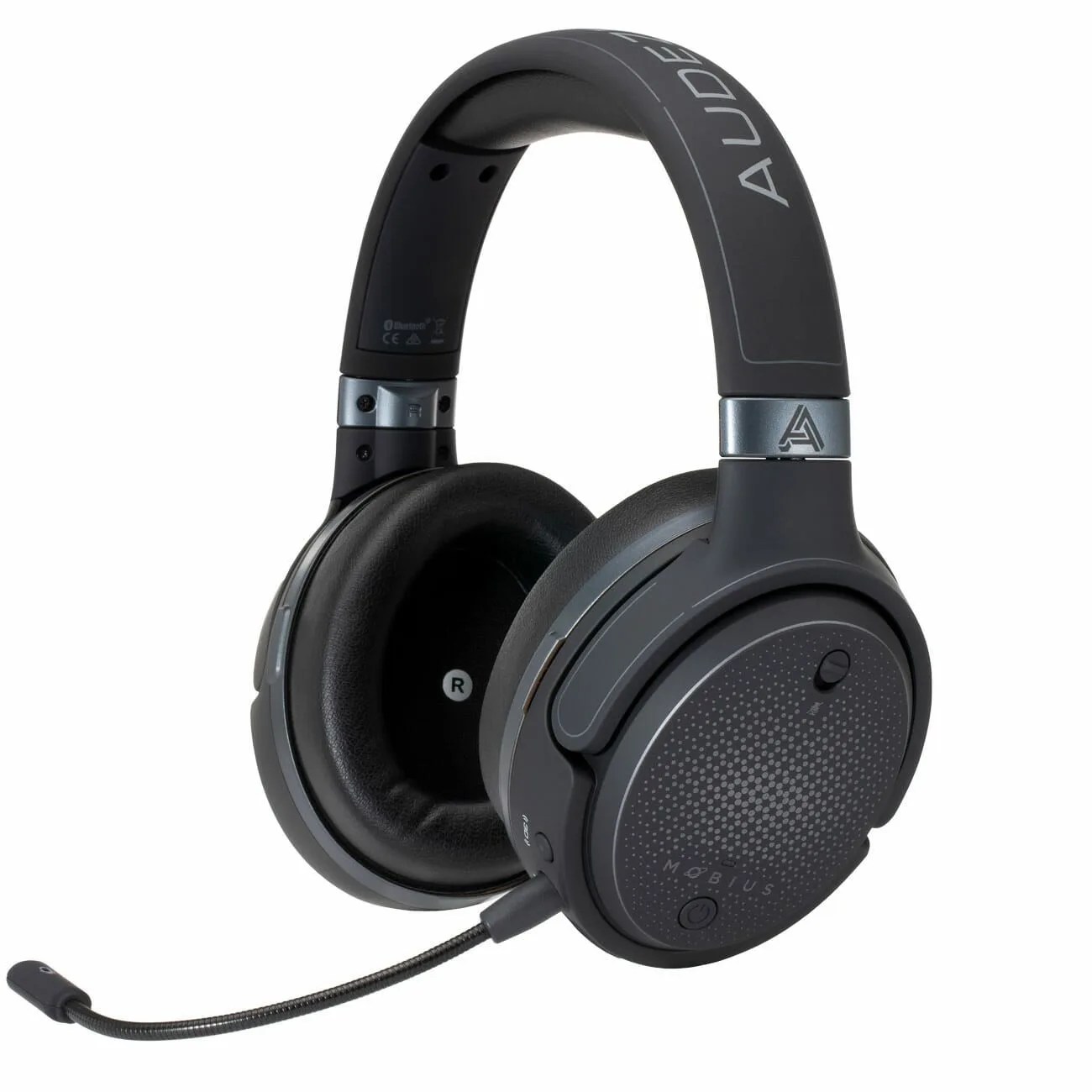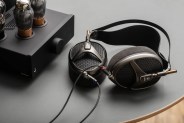Audeze, based out of Orange County, is an audio company with a very particular focus. Not concerned with speakers or amps or earbuds, it instead focus on a headphones, and ones of a very specific kind. Its cans use planar magnetic drivers (as opposed to conventional dynamic drivers), in order to achieve a greater range of sound than other approaches can match. The result? “Extremely low levels of distortion and very high-fidelity over the entire frequency range,” according to Sankar Thiagasamudram, the co-founder & CEO. “It’s a very clean-sounding headphone.”
The problem with planar headphones, and why you may have never used a pair, is not about their sound quality but their price, historically reaching well up into the quadruple digits, and accordingly reserved for the sound engineers and well-off audiophiles. But in the past two years, Audeze has released two pairs of planar magnetic headphones that crawl in just under the $400 mark. Its Mobius ($399) and LCD-1 ($399), designed for gaming and hi-fi respectively, use the same planar magnetic technology that is in Audeze’s flagship headphones that cost almost ten times as much, the LCD-4 ($3,995).
The thing that makes planar cans so expensive is, you guessed it, their signature magnetic field.
Dynamic headphones, the kind you probably own, send an audio signal through a coiled wire. This, in the presence of a magnet, creates a magnetic field which moves the coil, and the speaker diaphragm it is attached to, back and forth. This is how your conventional Bose, Sony or Beats headphones play music.
Planar magnetic headphones work similarly to dynamic headphones but instead of a coiled wire, they use an incredibly thin film that spreads across the entire speaker diaphragm. When the audio signal goes through this film, it reacts similarly to magnets, causing the film and speaker diaphragm to move.
The difference, however, is in how much movement happens. “It’s not just driving the soil and large coil, it’s driving across the entire surface of the diaphragm,” said Thiagasamudram. Because the film has a larger surface area, planar magnetic drivers require two larger magnets (instead of just one small one) on either side of the diaphragm.



